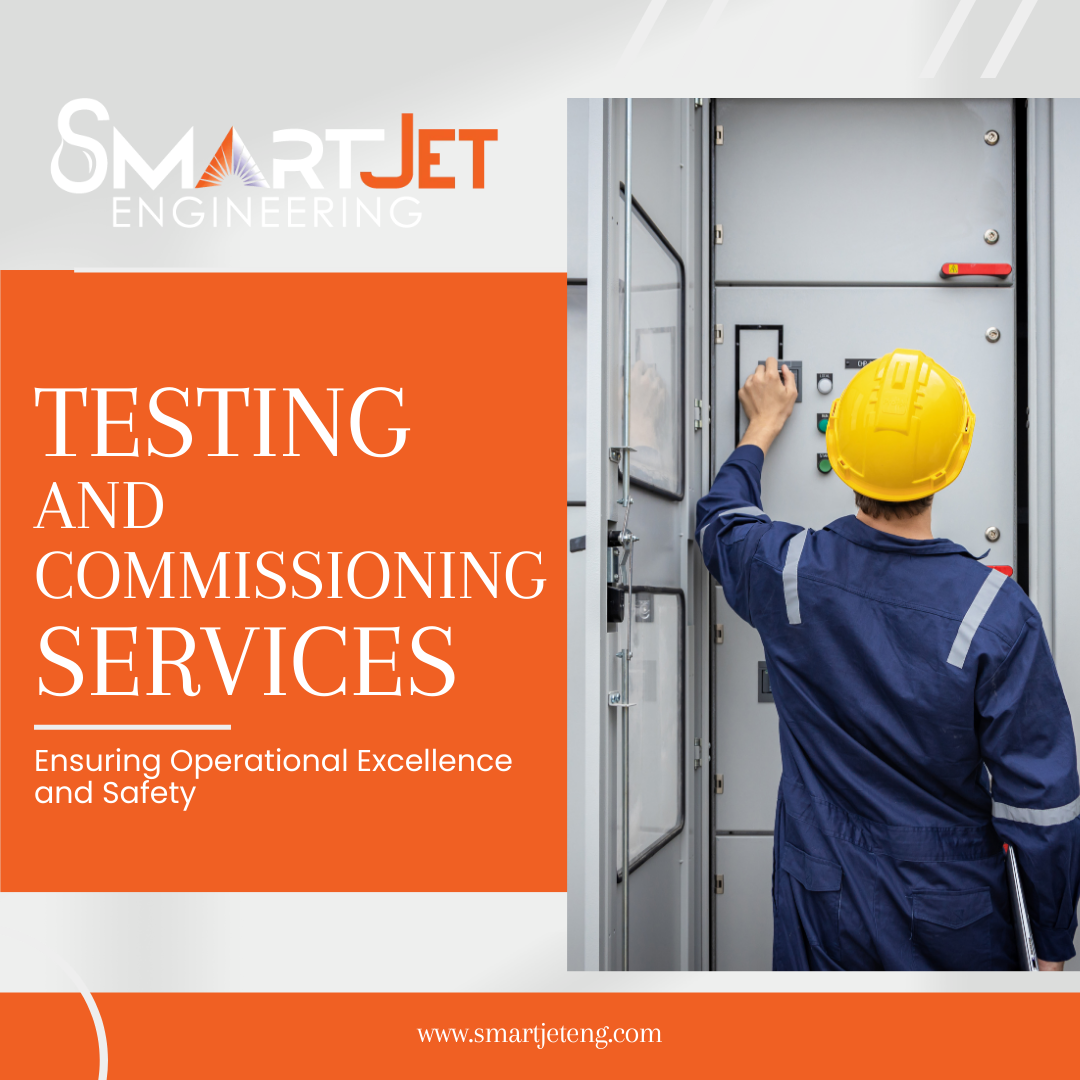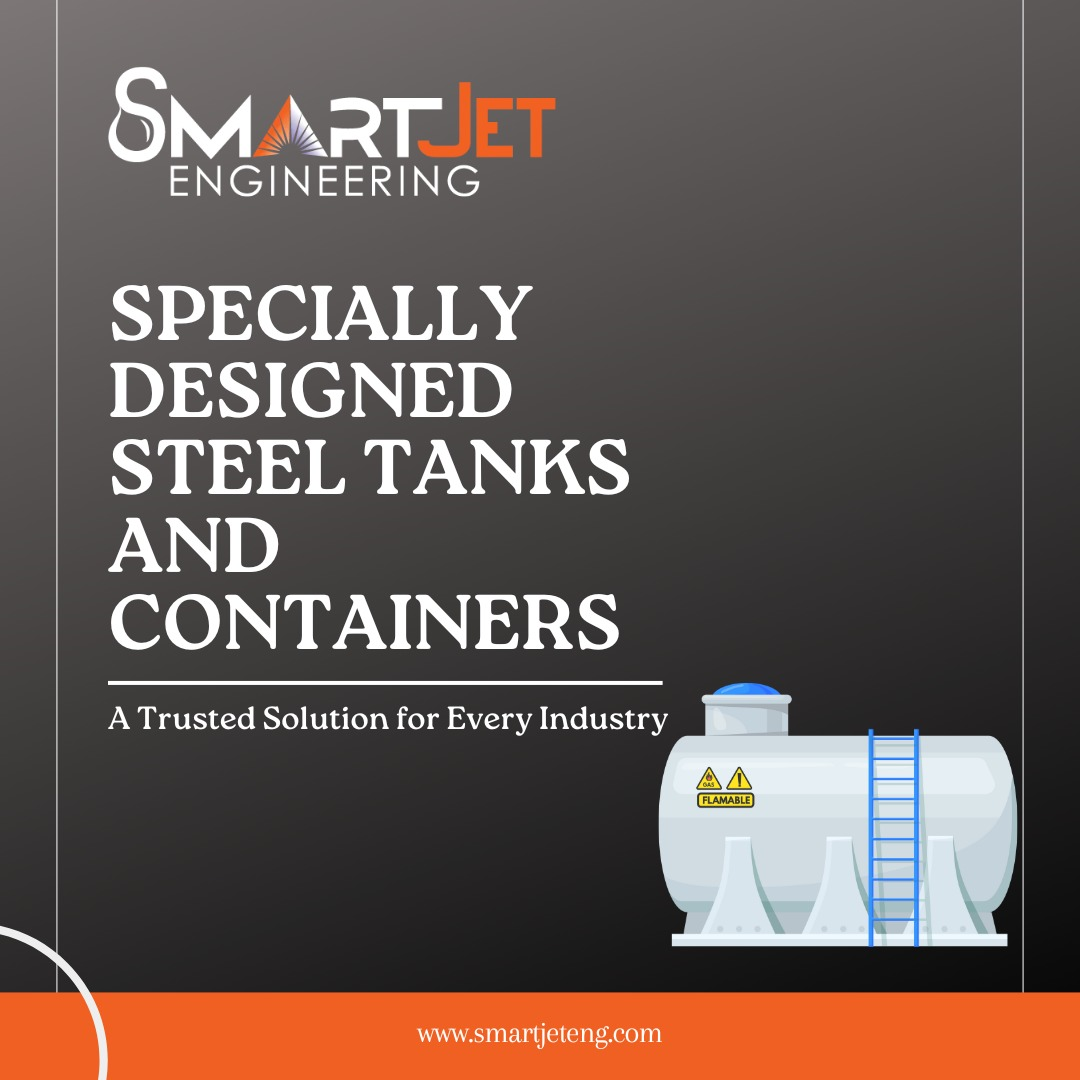Fuel Station Equipment Essentials
By - Admin

Fuel Station Equipment Essentials: Top Gear You Need to Know About!
Fuel stations are bustling hubs for both long-haul travelers and local commuters. But behind every pump, every digital display, and every payment terminal lies a complex network of equipment working seamlessly to deliver a smooth and safe refueling experience. Whether you're opening a new fuel station or upgrading an existing one, understanding the core equipment is essential. Let’s take a deep dive into the equipment that powers fuel stations today and why each piece matters.
Fuel Dispensers: The Heart of the Fuel Station
Fuel dispensers are the primary touchpoint for customers at a fuel station. Designed to accurately measure and deliver fuel, these dispensers come in various types, each catering to different station needs.
Types of Fuel Dispensers
- Single-Hose Dispensers – These offer one type of fuel through a single hose, reducing the risk of cross-contamination and are easy to maintain.
- Multi-Product Dispensers – Capable of dispensing multiple fuel types from the same unit, these dispensers give customers flexibility while optimizing the space at the pump island.
- High-Flow Dispensers – Ideal for fueling large vehicles quickly, such as trucks or buses, high-flow dispensers significantly reduce waiting times for heavy-duty vehicles.
Today’s fuel dispensers often feature digital screens for easier readability and sometimes even display advertisements. They’re engineered for durability and accuracy, crucial for ensuring that every drop is counted, benefiting both the station and the customer.
Fuel Pumps: Driving the Flow of Fuel
Fuel pumps are the workhorses of a fuel station, moving fuel from storage tanks to dispensers. They ensure a steady flow so that customers can refuel without any interruptions.
Types of Fuel Pumps
- Submersible Pumps – Located within the storage tank, these pumps are quieter, more efficient, and better suited for high-volume stations.
- Suction Pumps – Positioned outside the tank, these pumps work well in smaller stations or for lower fuel demands. Although generally noisier, they are easy to maintain and cost-effective.
Regular maintenance of fuel pumps is essential, as they undergo heavy use daily. Choosing a reliable pump and keeping it in top condition ensures a steady operation and minimizes unexpected shutdowns.
Storage Tanks: Safeguarding the Fuel Supply
Storage tanks are essential to any fuel station, housing the station's fuel supply safely and securely. Choosing the right tank and ensuring it meets regulatory standards is a priority for station operators.
Underground vs. Above-Ground Tanks
- Underground Tanks are commonly used in urban areas where space is limited. They are hidden from sight, which helps reduce the risks of vandalism or accidents. However, they require strict adherence to regulations due to their environmental impact if leaks occur.
- Above-Ground Tanks are easier to install and inspect but require more space. These tanks are a popular choice in rural areas or where environmental restrictions are less stringent.
Safety is critical when it comes to fuel storage. Tanks should be equipped with leak detection systems, spill containment areas, and other features that prevent accidents. Following regulatory guidelines for storage tanks not only ensures legal compliance but also protects the environment and the surrounding community.
Fuel Management Systems: Precision in Every Drop
Fuel management systems have revolutionized how stations track inventory, monitor fuel usage, and prevent losses. These systems offer precise, real-time monitoring of fuel levels and other critical metrics.
Benefits of Fuel Management Systems
- Inventory Control – With automated tracking, station operators can always know exactly how much fuel is in each tank, making inventory management efficient and accurate.
- Leak Detection – Advanced systems detect any drops in fuel levels, helping station operators catch leaks early and prevent costly spills.
- Cost Savings – Monitoring fuel usage closely allows stations to make more informed ordering decisions, reducing instances of overstock or emergency shortages.
Fuel management systems are the backbone of modern stations, providing both peace of mind and operational efficiency. Digital fuel management not only minimizes waste but also maximizes profitability.
Vapor Recovery Systems: Essential for Clean Air and Compliance
Vapor recovery systems are critical for minimizing harmful emissions. They prevent the release of gasoline vapors, which contain volatile organic compounds (VOCs) that are both hazardous and contribute to air pollution.
Types of Vapor Recovery Systems
- Stage I Recovery Systems – These are used during fuel delivery to the underground tank, capturing vapors released as fuel fills the tank.
- Stage II Recovery Systems – These capture vapors released at the nozzle while customers are fueling, keeping the air around the pump cleaner.
Implementing vapor recovery systems not only benefits the environment but also ensures compliance with air quality standards. Failing to comply with vapor recovery regulations can lead to fines and harm a station’s reputation.
POS Systems: Seamless and Secure Transactions
A robust point-of-sale (POS) system is indispensable for any fuel station, managing not only fuel transactions but also convenience store sales. Today’s POS systems are designed to handle complex, multi-faceted operations in a user-friendly way.
Key Features of POS Systems
- Quick Transaction Processing – Speedy POS systems reduce wait times at the pump, improving customer satisfaction.
- Integrated Inventory Management – Tracking both fuel and non-fuel items simplifies inventory management, allowing for real-time stock updates.
- Flexible Payment Options – Supporting cash, card, and mobile payments is essential in a cashless age, giving customers greater convenience.
Some POS systems are integrated to manage all aspects of a fuel station, from pump data to store sales. They simplify reporting, making it easier to track revenue, manage stock, and maintain customer service standards.
Payment Terminals: Convenience and Security at the Pump
With cashless payments on the rise, having modern payment terminals at fuel stations is no longer optional. Payment terminals must be secure, reliable, and easy to use, catering to a variety of payment methods.
Benefits of Advanced Payment Terminals
- Card and Mobile Payment Support – Accepting credit, debit, and mobile payments like Apple Pay or Google Wallet provides flexibility to meet customer preferences.
- Contactless Payment Options – Especially popular post-pandemic, contactless payment offers a faster, touch-free experience that enhances customer satisfaction.
The right payment terminals reduce transaction time and make the fueling process smoother, ensuring that customers can pay quickly and be on their way.
Automatic Tank Gauging (ATG) Systems: Precision Monitoring
Automatic Tank Gauging (ATG) systems are a crucial addition to modern fuel stations. These systems keep a close eye on fuel levels and detect discrepancies, ensuring that station operators know exactly how much fuel is in each tank.
Advantages of ATG Systems
- Accurate Fuel Monitoring – Real-time fuel levels prevent shortages and help manage inventory.
- Leak Detection – Early leak detection prevents environmental damage and costly cleanups.
- Compliance – Many regions require ATG systems for legal fuel operations, and they make compliance much easier.
By using an ATG system, fuel stations can operate with a higher degree of control, knowing that their inventory is consistently monitored and well-maintained.
Safety and Emergency Equipment: Ready for the Unexpected
Safety equipment is non-negotiable at fuel stations. Every station should be prepared with gear that can handle unexpected emergencies, from fires to spills.
Essential Safety Gear
- Fire Extinguishers – Placed strategically around the station, these are the first line of defense in a fire emergency.
- Spill Kits – These kits contain absorbent materials and tools to clean up minor fuel spills, keeping the environment and people safe.
- Emergency Shut-Off Switches – Easy access to shut-off switches ensures that pumps can be turned off immediately in case of an emergency.
Keeping safety gear updated and employees trained on how to use it can mean the difference between a minor incident and a serious accident.
Fuel Hoses and Nozzles: Durable and Reliable Fuel Delivery
Fuel hoses and nozzles might seem simple, but they play a crucial role in fueling operations. Durable, high-quality hoses and nozzles ensure a safe, reliable experience for customers.
Types of Hoses and Nozzles
- Standard Nozzles – Ideal for cars and light vehicles, offering a balance of flow rate and ease of use.
- High-Flow Nozzles – Designed for trucks and heavy vehicles, these nozzles handle a higher volume to reduce wait times for larger tanks.
Using quality hoses and nozzles reduces wear and tear, helping stations avoid costly replacements and ensuring customers have a smooth refueling experience.
Lighting Solutions: Safety and Visibility
Adequate lighting is essential for customer safety and security. Bright lighting makes a station look welcoming while reducing the risk of accidents and deterring criminal activity.
Types of Lighting for Fuel Stations
- Canopy Lighting – Installed over pumps to improve visibility while fueling.
- Perimeter Lighting – Provides security around the station’s perimeter.
- Sign Lighting – Keeps signage visible, attracting customers and guiding them through the site.
Good lighting keeps the station safe and helps create a positive impression for customers, making them feel more comfortable during evening or early-morning visits.
Conclusion
The right equipment is fundamental for any fuel station to run efficiently, safely, and smoothly. From the dispensers and storage tanks to vapor recovery systems and payment terminals, every piece of equipment has a unique role in providing an optimal refueling experience for customers. Regular maintenance, safety checks, and system updates are crucial to keep the station operating at its best.
At Smart Jet Engineering, we understand the importance of equipping fuel stations with reliable, high-quality gear. With our range of state-of-the-art equipment and expert guidance, you can trust us to support your station’s needs every step of the way.
Related Blogs
Search
Popular Posts

Fuel Management Systems: Smarter Control for Modern Fuel Operations
December 10, 2025

Pipe Support Engineering: Ensuring Strength, Stability, and Long-Term Reliability
December 10, 2025

Mobile Fuel Equipment: The Future of Safe and Efficient On-Site Refueling
December 10, 2025

Fuel Dispensing Systems: Reliable Solutions for Safe and Efficient Fuel Delivery
December 10, 2025

Tanker Refurbishment and Modification Services in UAE | Smart Jet Engineering
November 29, 2025





















